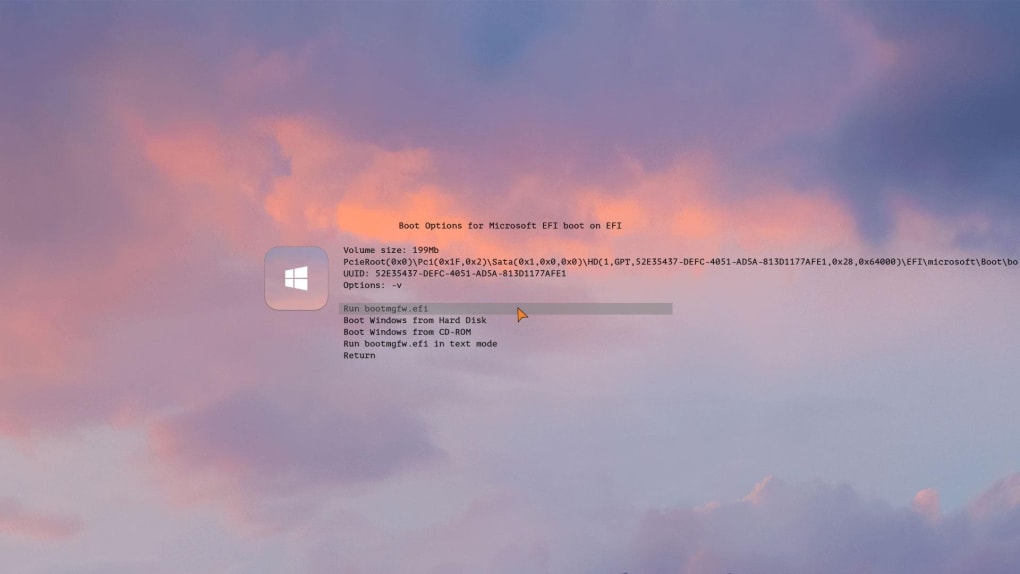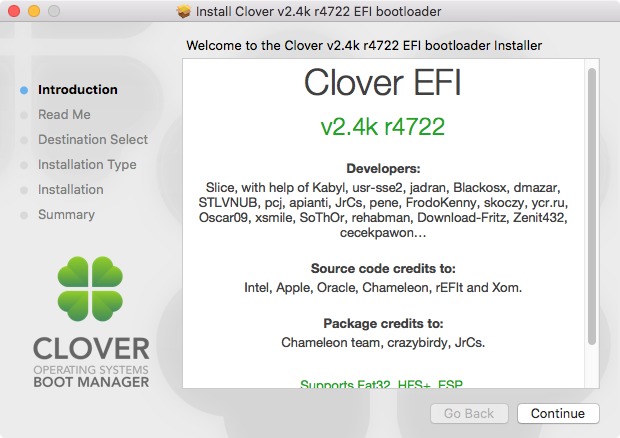

So on Proxmox 5, we can just edit the VM configuration to enable this feature, and afterwards we can install an unmodified official Clover release (I’m using r4097) using the install instructions further down this page.
HOW TO INSTALL CLOVER BOOTLOADER HOW TO
Proxmox 5 has support for telling macOS exactly what the CPU’s frequency is, by exposing a VMWare-style interface that macOS knows how to read. On Proxmox 4.4, we have to patch Clover to fix this, follow the instructions in the next section. This makes window animations, the system clock, movie players, typematic repeat, etc., run much too fast or too slow. However, there’s an issue at the moment with Clover and QEMU which causes macOS’s detected CPU speed to be wrong.

This requires us to use a macOS bootloader that supports UEFI. So if your video card’s firmware supports UEFI/EFI boot (my R9 280X already does), you can switch the guest to boot using OVMF instead. UEFI boot doesn’t suffer from this problem, since it does away with the legacy VGA interface. From what I understand, the video cards in the host and guest can end up both contending to own the VGA resources, which can cause a deadlock on boot. When a Sierra guest loads its video driver during boot, my Proxmox host hangs, and the screen fills with black and white bars. One of the problems with legacy BIOS boot and GPU passthrough is VGA arbitration. I managed to fix these by updating to UEFI boot with Clover. However, I had some real struggles getting the graphics card passthrough to work reliably. Since then, I’ve been using it as my daily-use desktop, and it has generally been working out great for me. My previous Proxmox post described how to install Sierra into Proxmox using the Enoch bootloader (SeaBIOS boot).


 0 kommentar(er)
0 kommentar(er)
